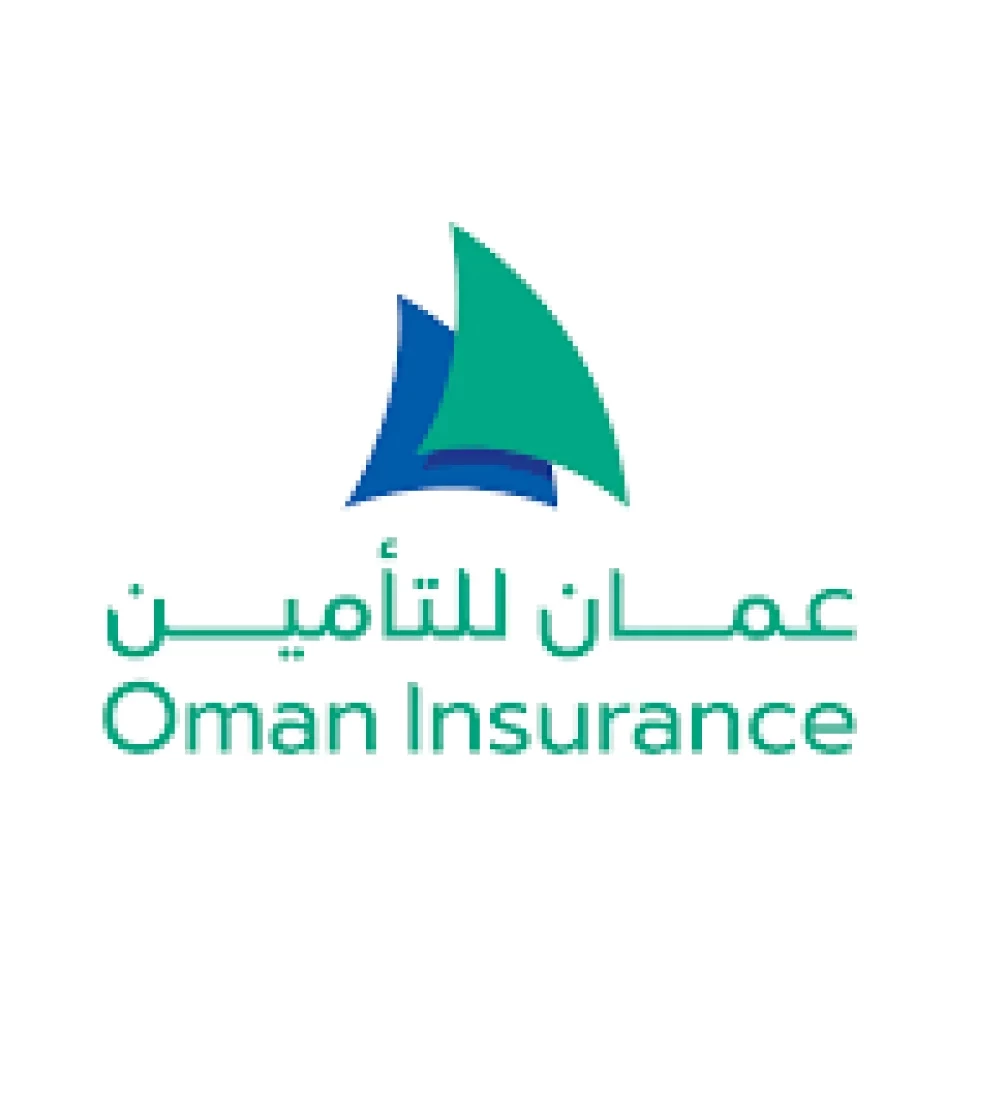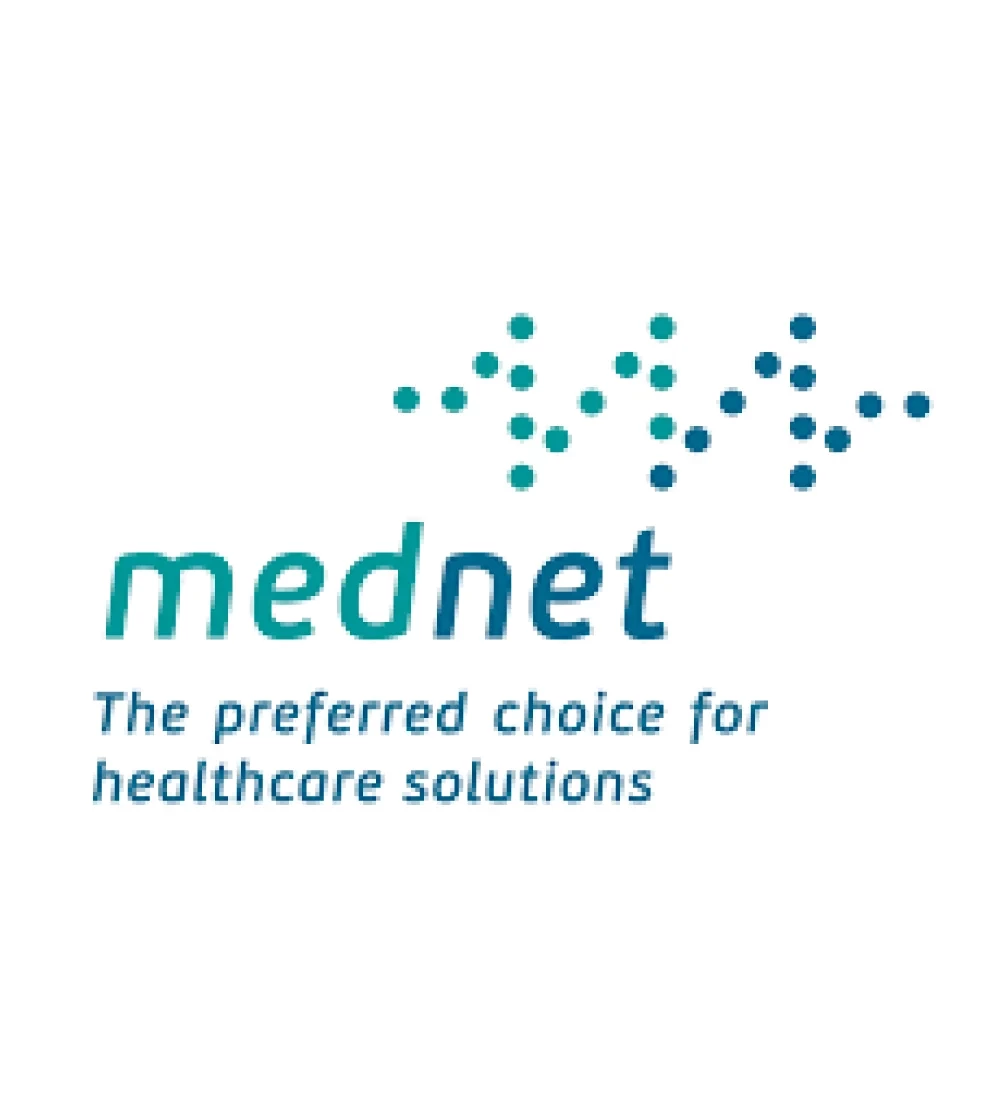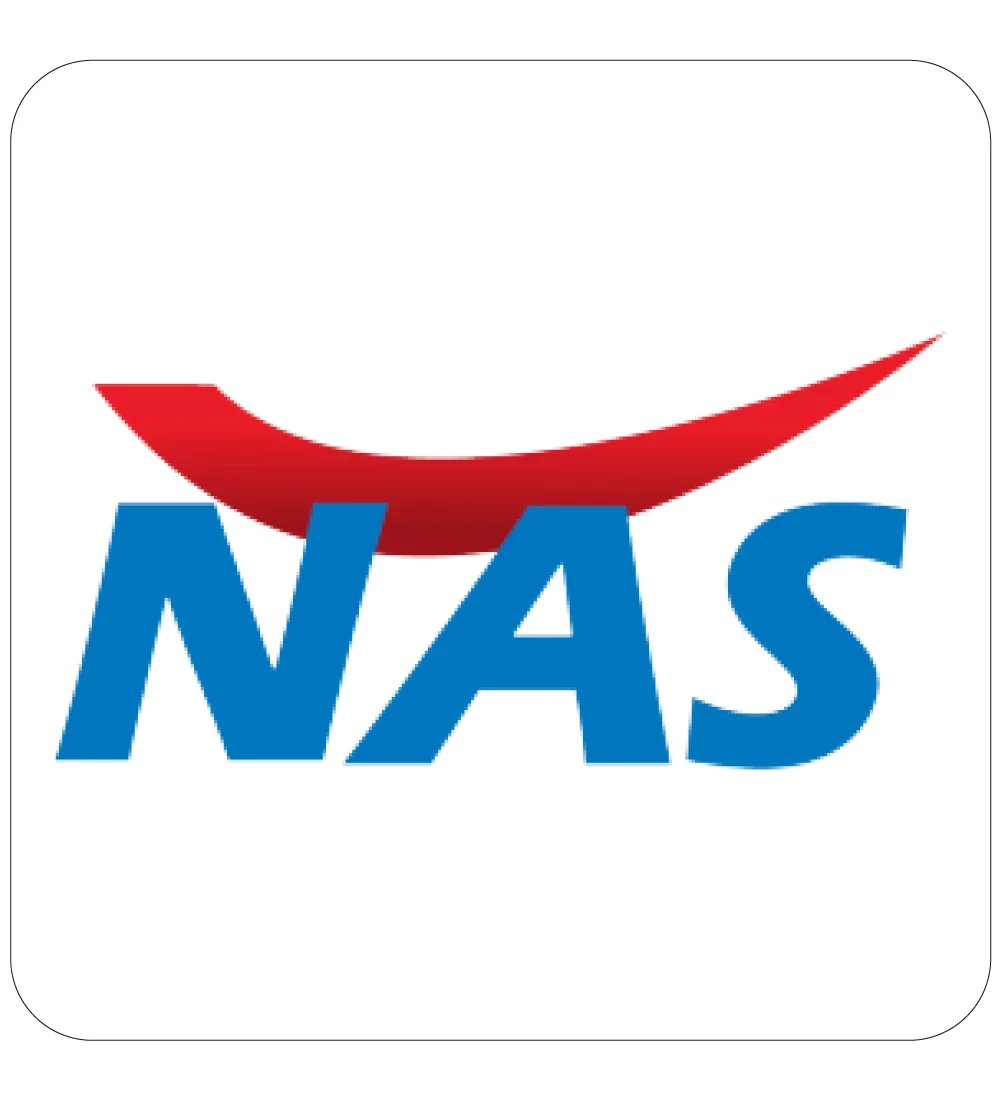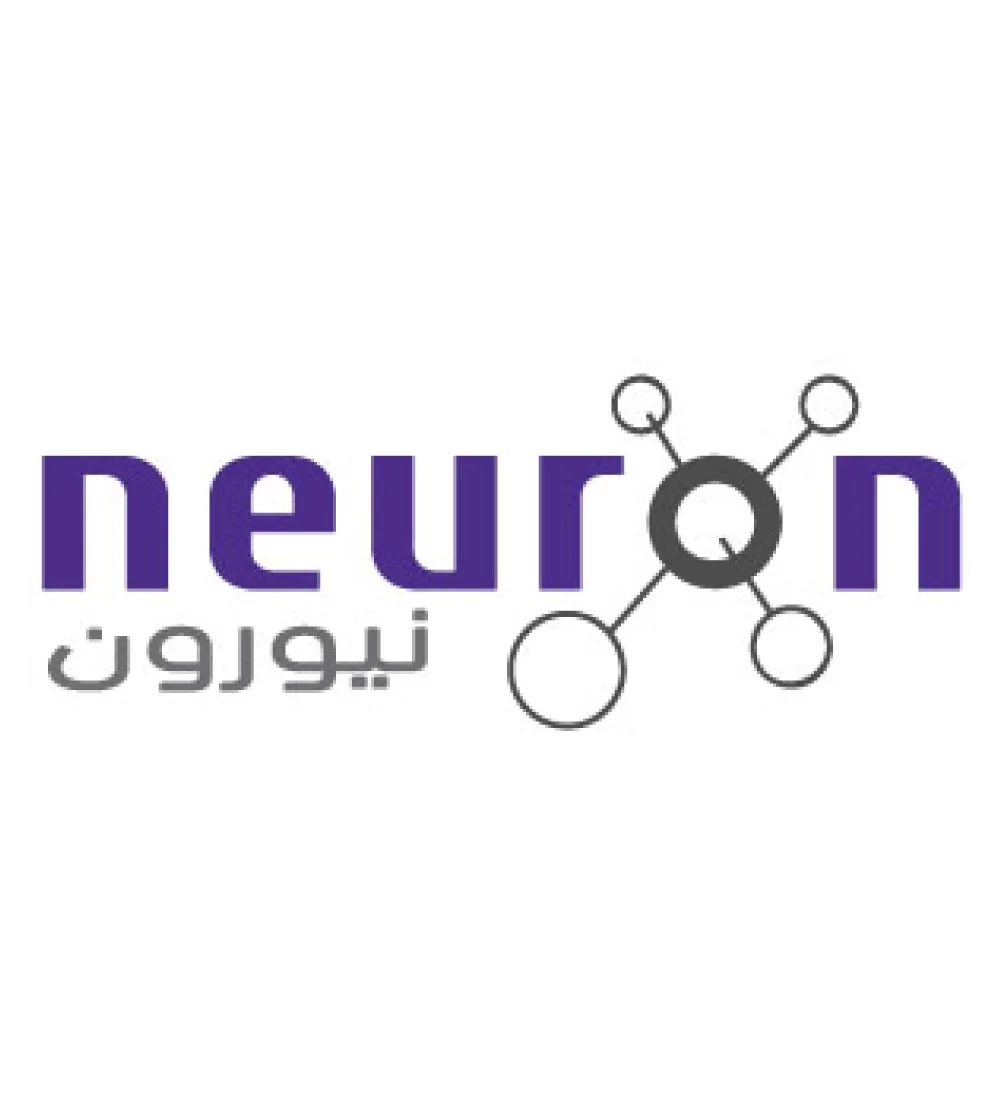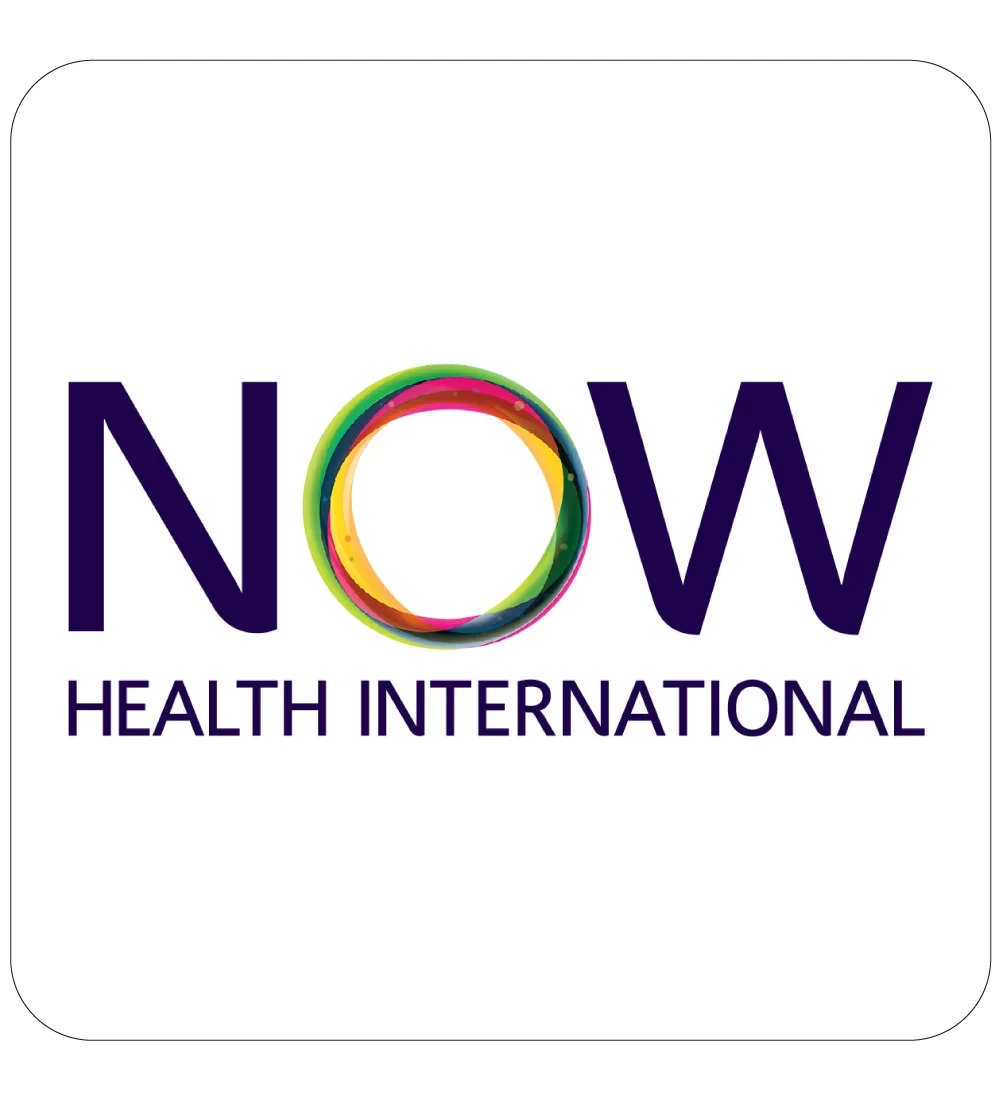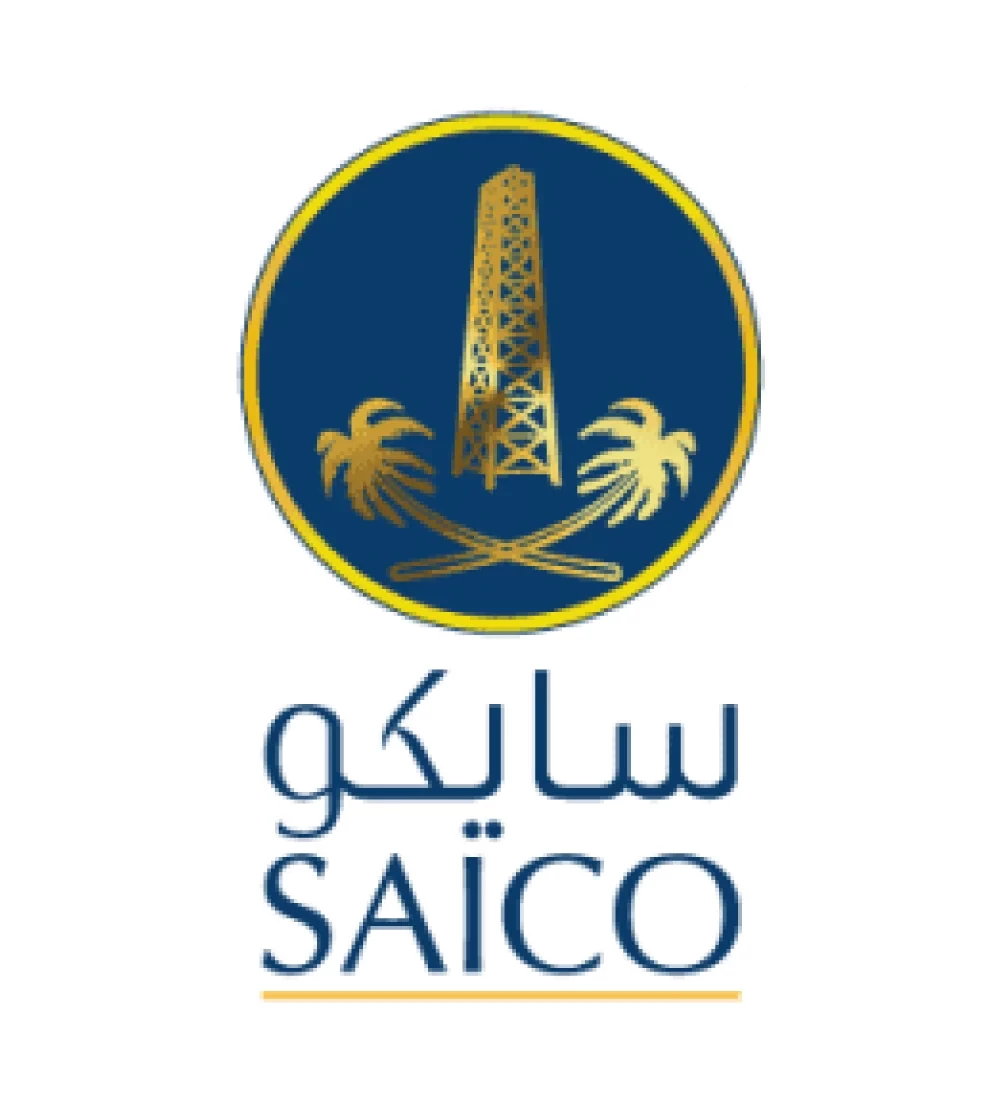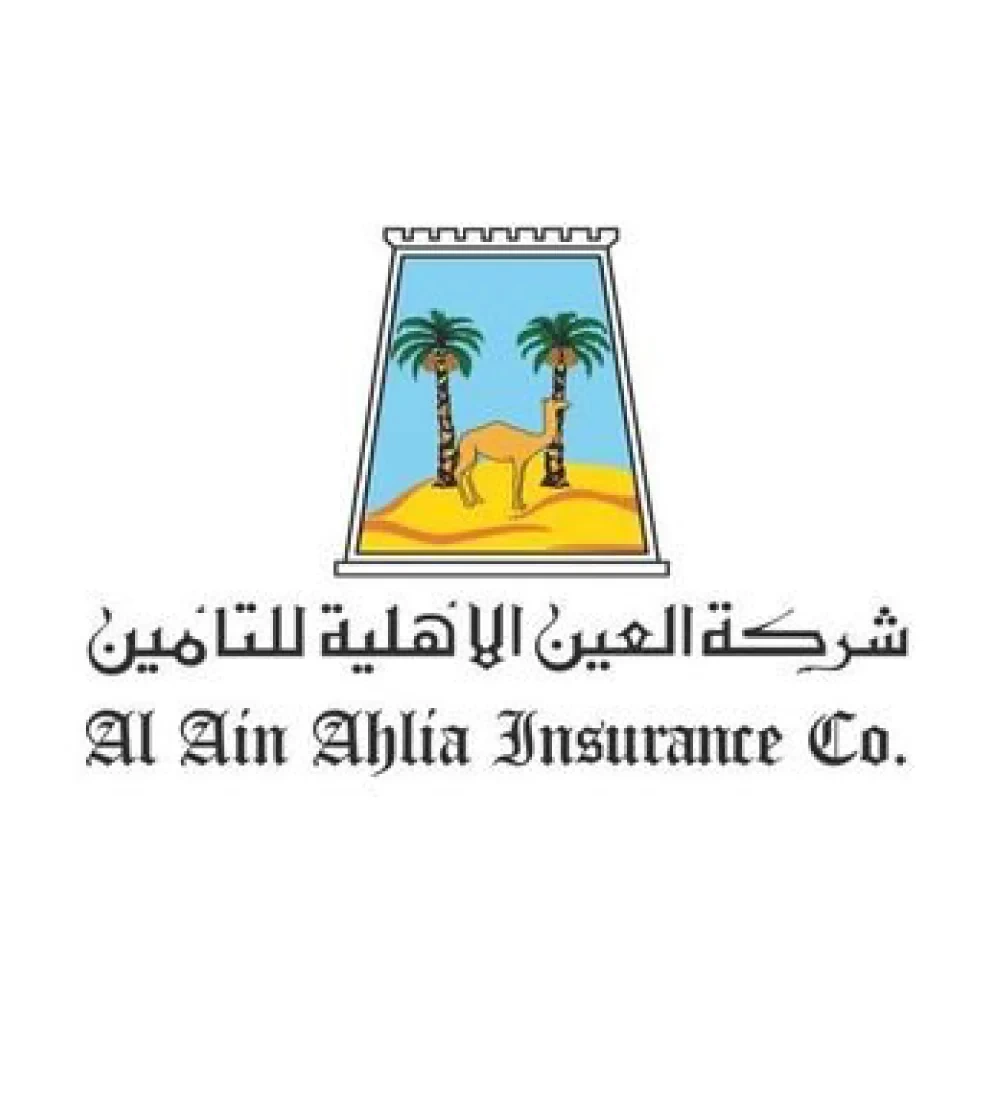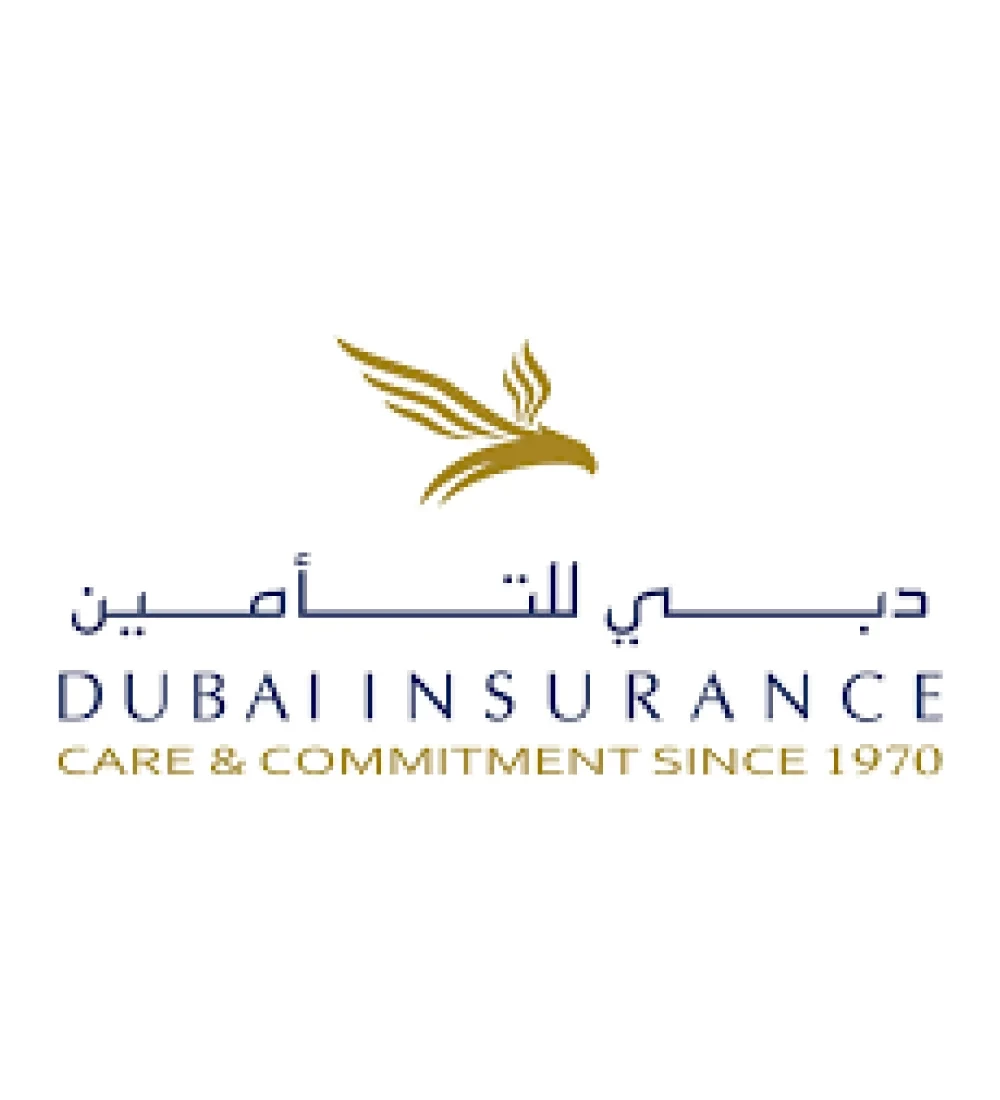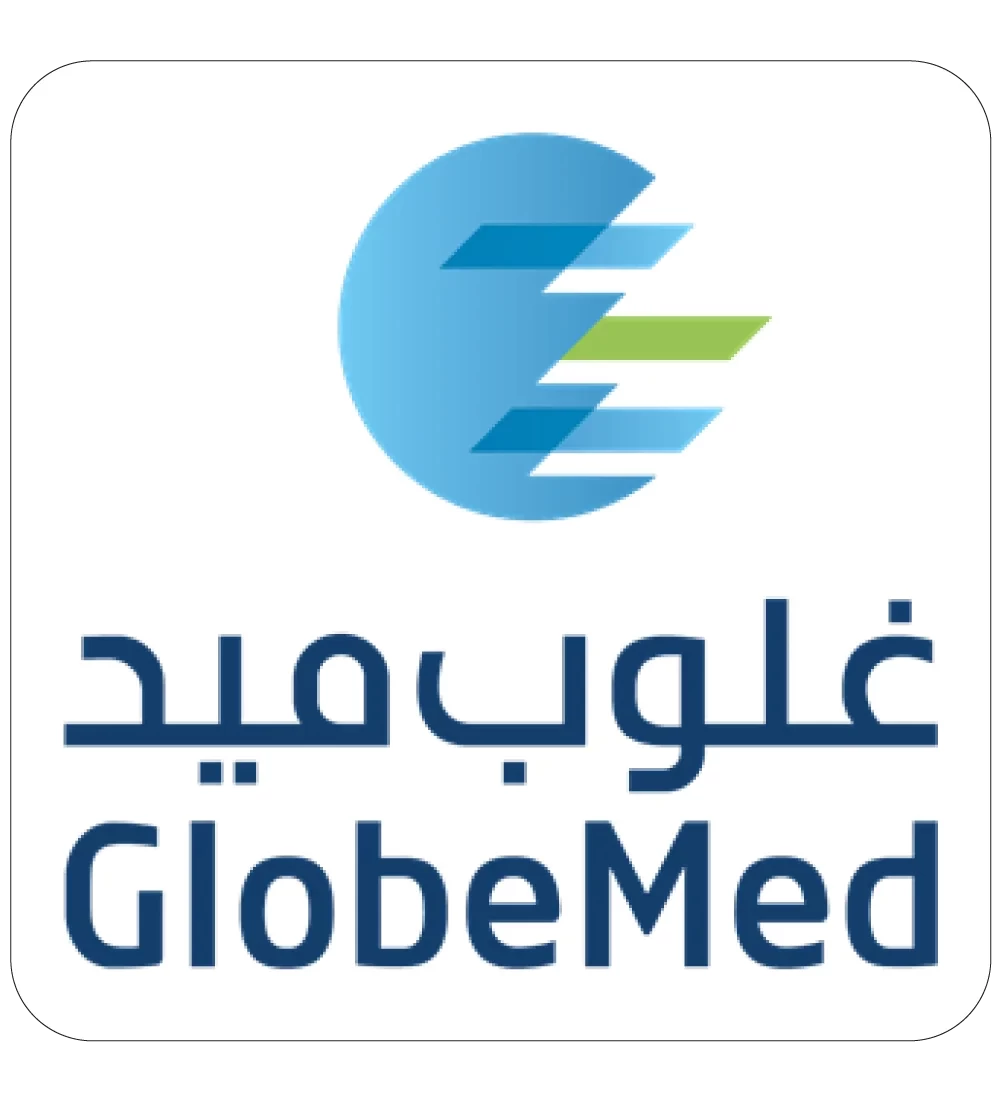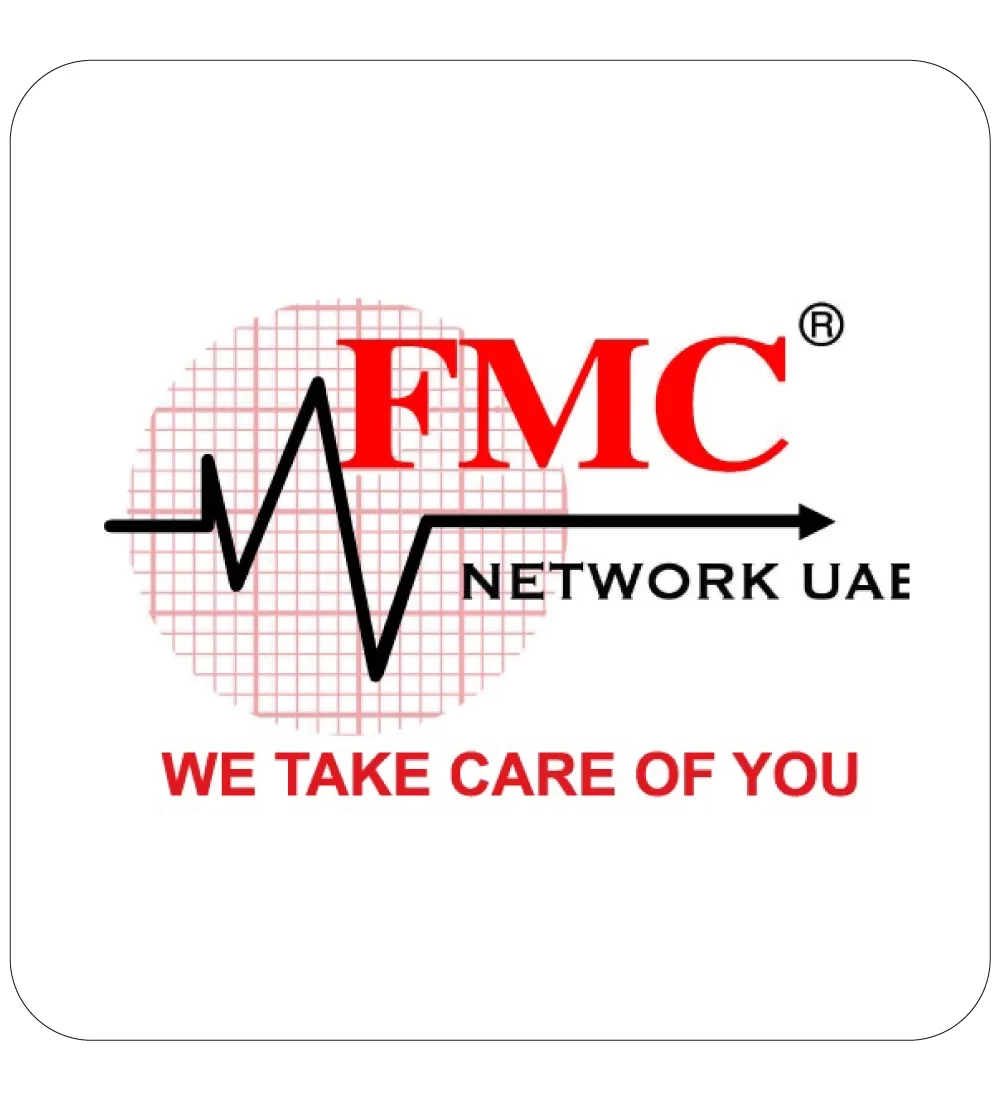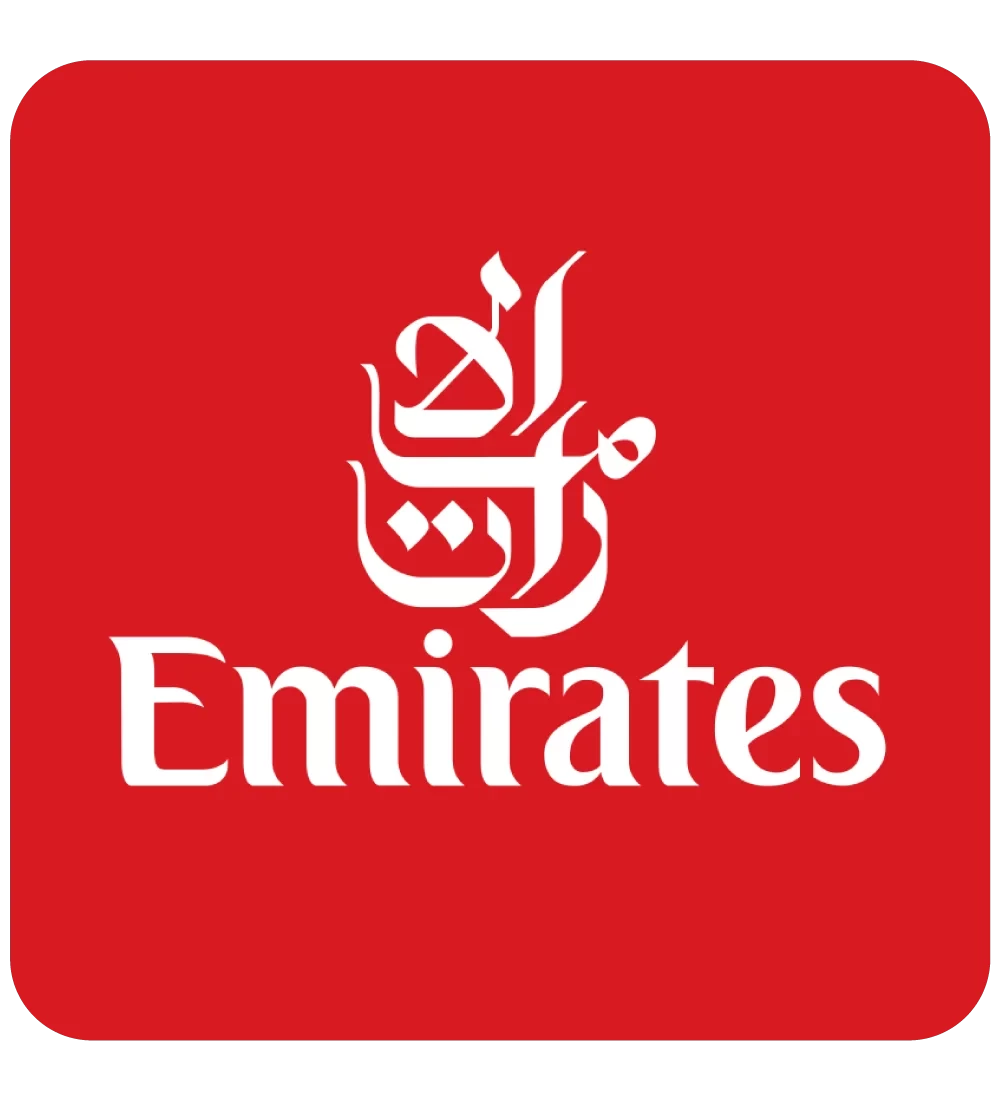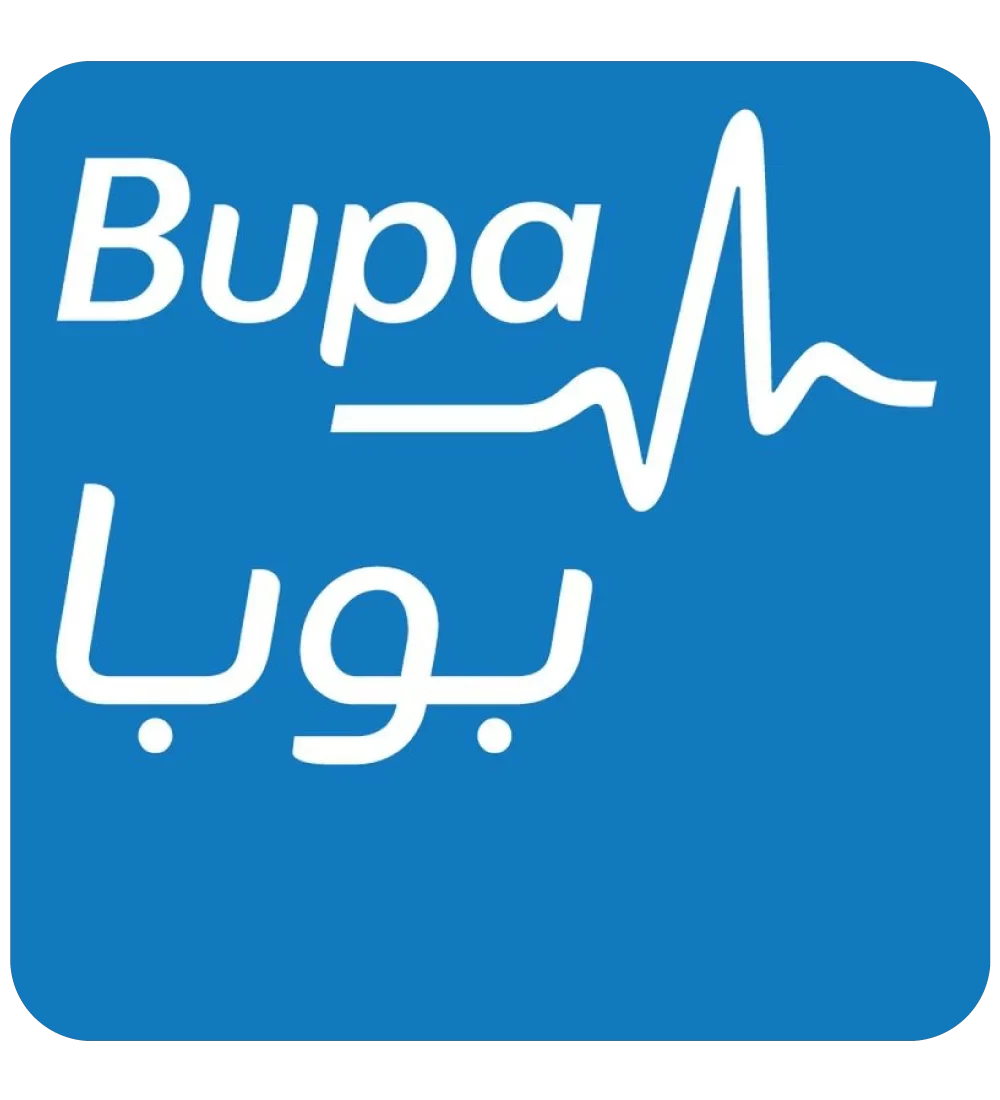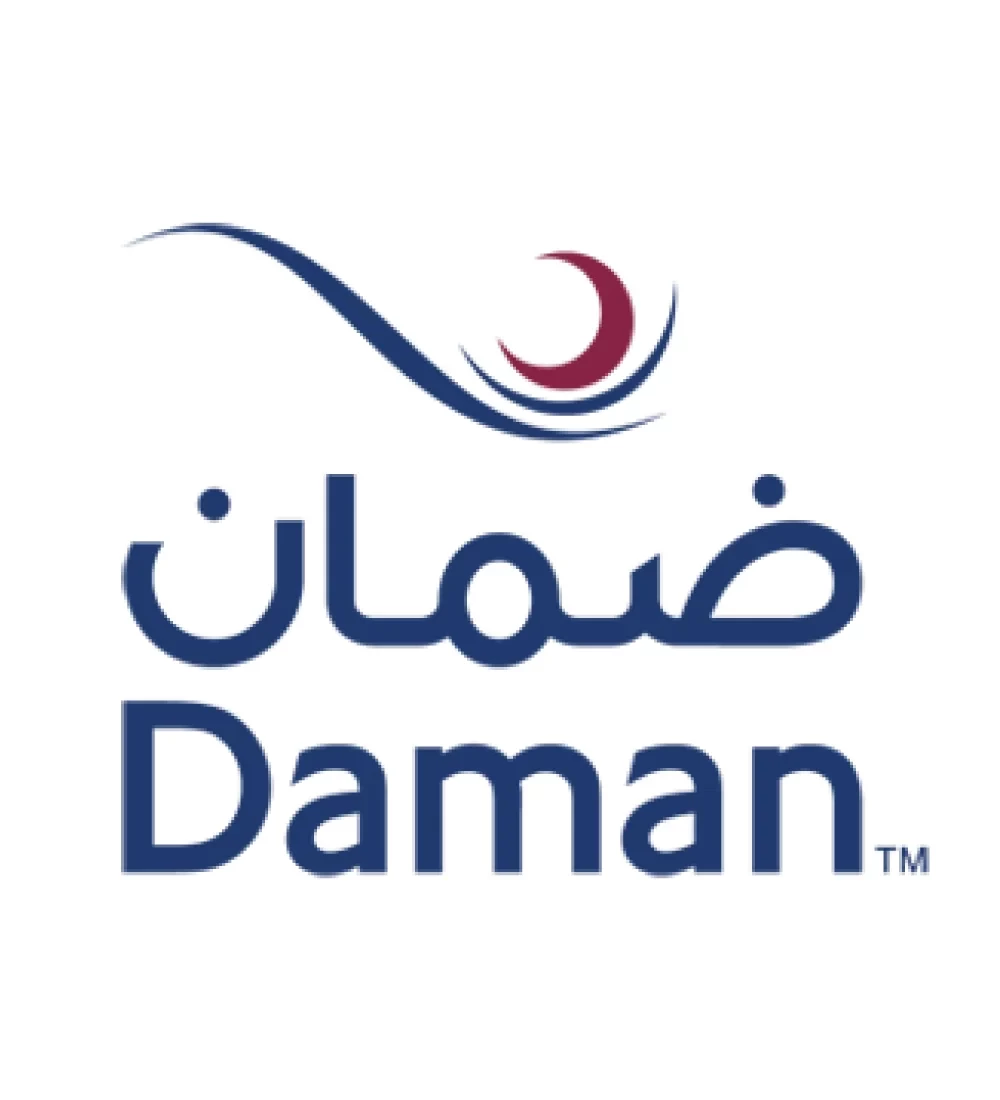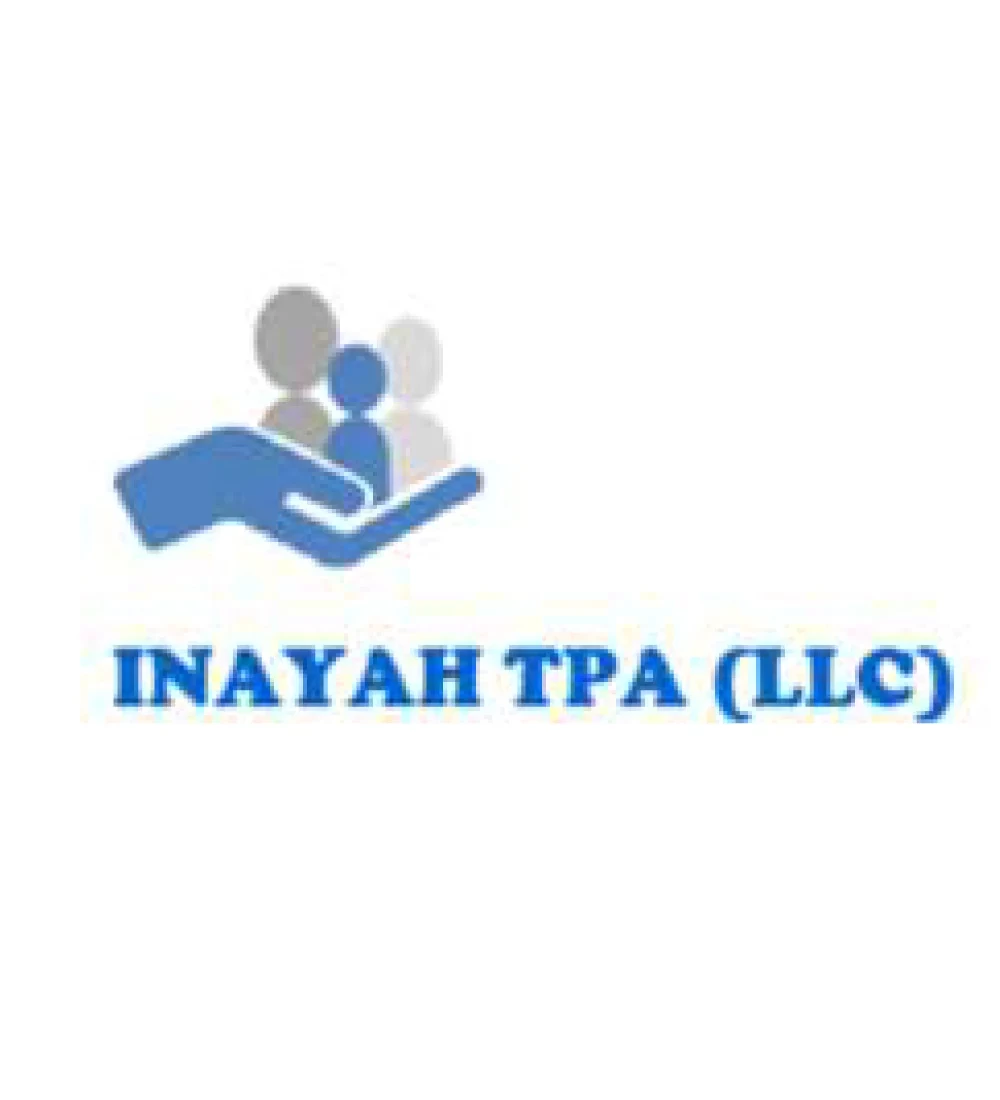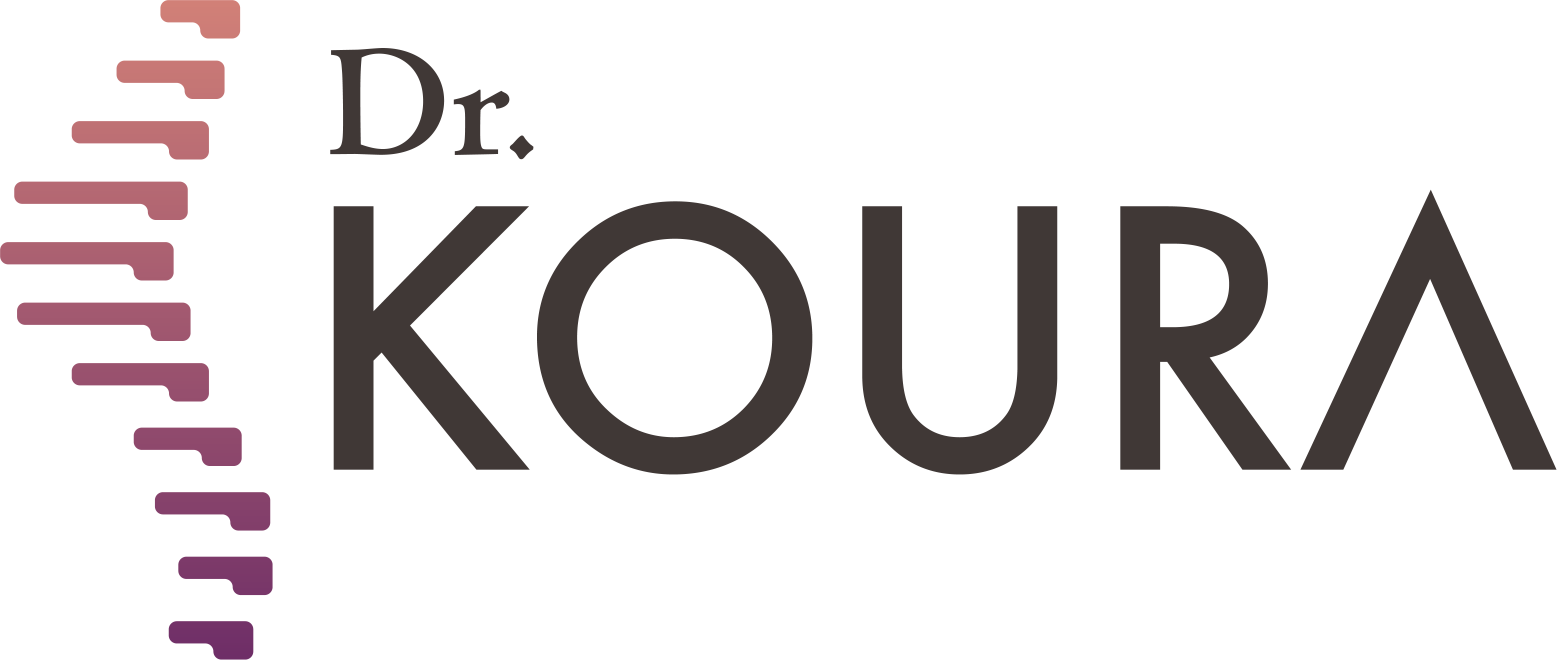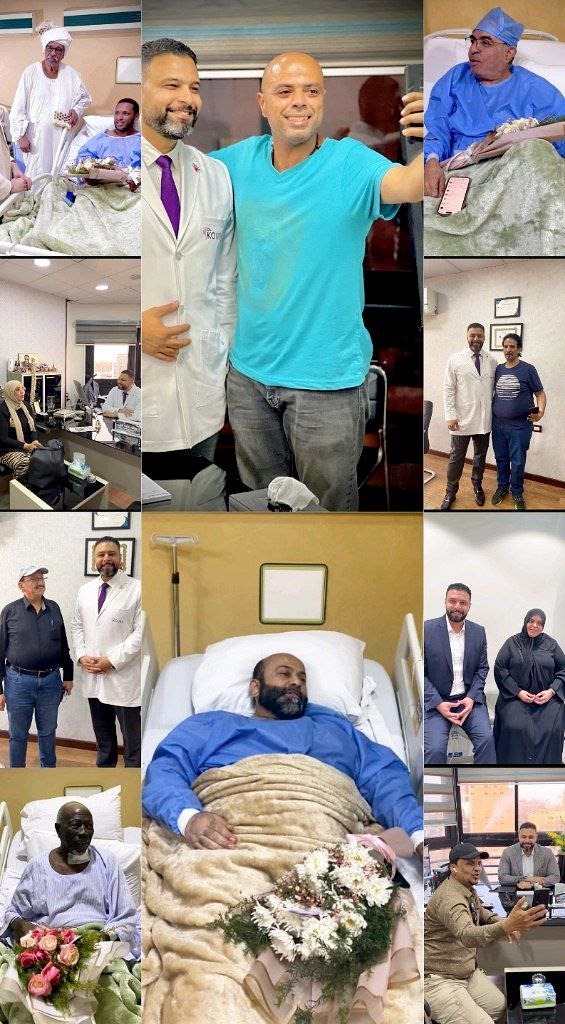
To see patients' reviews
Click hereWhat is the specialty of pain management?
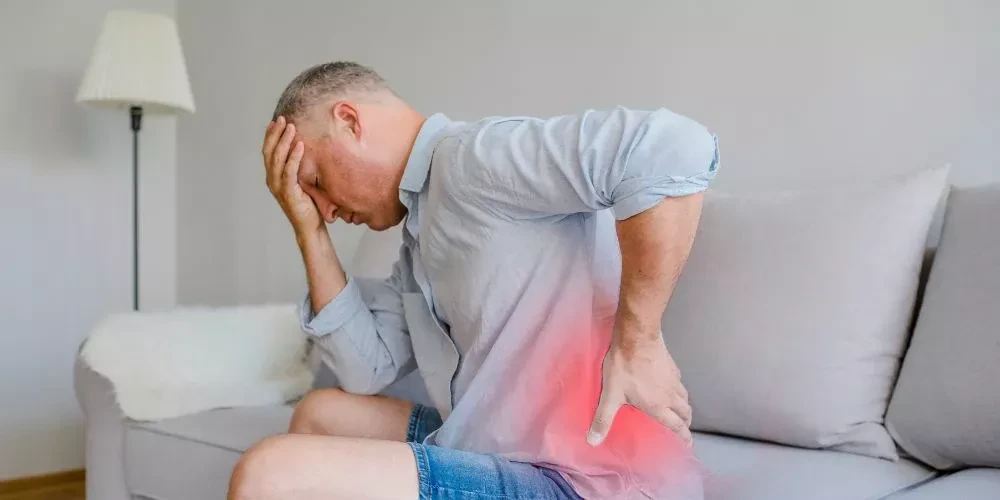

The Specialty of Pain Management: Providing the Best Treatment for Back Pain
Pain management is one of the most important modern medical specialties, aiming to alleviate the suffering of patients from chronic and acute pain, especially those related to the spine and back pain. This specialty relies on an accurate diagnosis of the patient’s condition and then offers the best back pain treatment without resorting to complex surgical interventions, providing patients with the opportunity to heal with minimal risks.
In this context, Dr. Mohamed Koura's center is considered a leader in offering the best treatment for spinal pain, known for being the best interventional pain specialist and the best spine doctor. The center excels in using the latest diagnostic and therapeutic technologies, making it the ideal choice for those suffering from lower back disc problems and other spinal issues. Dr. Koura adopts an integrated therapeutic approach that focuses on precise diagnosis and offering effective solutions that avoid surgery, helping patients restore their normal lives quickly.
Types of Pain Treated by the Interventional Pain Specialty
Interventional pain management aims to alleviate chronic and acute pain using advanced non-surgical techniques. This specialty covers a wide range of pains that affect patients’ daily lives, helping them regain their activity and normal life. Here are details of some of the types of pain treated in this specialty:
- Spinal Pain: These pains may result from various issues such as disc problems, vertebral wear, or spinal injuries. Treatments are provided to alleviate the pain without resorting to surgery.
- Herniated Disc Pain: Herniated discs are one of the most common conditions causing severe back and neck pain. The treatment focuses on techniques that relieve pressure on the nerves and reduce inflammation caused by the slipped disc.
- Knee Pain: This pain may result from arthritis or knee injuries, where interventional techniques are used to relieve pain and improve joint movement without surgery.
- Neck Pain: Arising from muscle strain, cervical spine issues, or infections, interventional pain management helps relieve this pain through techniques like local injections or thermal treatments.
- Shoulder Pain: May result from inflammations or tears in the shoulder tendons, treated with interventional techniques that reduce pain and restore movement.
- Trigeminal Neuralgia: This type of pain causes severe episodes of pain in the face and jaw. It is treated with interventional methods such as nerve injections or electrical therapies.
- Migraine Pain: Interventional treatment aims to reduce the frequency and severity of migraine attacks by relieving pressure on the nerves responsible for pain.
- Heel Spur Pain: Heel spurs cause sharp pain in the heel, which can be alleviated through non-surgical treatments like local injections.
- Aortic Pain: Known as strong muscle pain spreading through the chest and back, this pain is treated through interventional methods that reduce muscle tension and restore muscular balance.
By using the latest therapeutic techniques in interventional pain management, patients can find effective relief without the need for surgery, improving their quality of life and reducing their daily suffering.
Classification of Pain Types: Acute and Chronic
Pain is primarily classified into two types, each differing in its nature and duration:
-
Acute Pain: Acute pain is sometimes beneficial, as it acts as a signal alerting the body to a problem in a specific area. For example, when someone gets burned, they feel sharp pain, alerting them to move their hand quickly away from the heat source. In cases of fractures, pain is also acute due to the shock causing the break or swelling in the affected area. This sharp pain persists until natural healing is complete, and the patient feels relief after the injury heals.
-
Chronic Pain: In contrast, chronic pain lasts for long periods, possibly months or even years, and is considered a condition in itself. For example, a patient might feel ongoing pain in the disc area after surgery, even though the doctor confirms that the operation was successful. The reason is that acute pain has transformed into chronic pain due to the long time the patient spent in pain. The body becomes accustomed to this pain and may try to protect the affected area by reducing its movement or changing how the joint is used.
Therefore, chronic pain requires special treatment strategies, as the body becomes used to the pain and responds to it in ways that may lead to a continued sensation of pain even after the primary cause has ended.
The Evolution of Pain Treatment Between Medications and Surgeries
Pain management has played a vital role in bridging the gap between medication-based treatments and surgeries. In the past, if you experienced back pain, your available options would be either visiting a physical therapist or an orthopedic doctor. If you had a headache, you might go to a neurologist. But today, you can also benefit from the pain management specialty as an effective option for treating chronic pain conditions.
Previously, non-surgical doctors would prescribe medications as the first solution to relieve pain, and if the medications didn’t yield the desired results, patients would seek surgical solutions. This was similar to the gap addressed by the heart catheterization specialty, which offered an alternative to medication or open surgery through catheter techniques to treat heart diseases.
Today, thanks to the advancement of pain management, this gap has become smaller. Pain management provides limited interventional techniques aimed at relieving pain and improving patients’ quality of life without needing surgery. These techniques include procedures like local injections and laser therapy, offering safe and effective alternatives that reduce the need for surgery and associated risks.
Thus, pain management plays a significant role in offering new treatment options that meet patients' needs more effectively and safely, making this specialty a crucial bridge between medication treatments and surgeries.
Innovative Treatment Techniques in Pain Management
In the pain management clinic, a range of modern techniques is used to relieve pain and treat chronic conditions without the need for surgery. These techniques include:
- Radiofrequency Ablation: An advanced technique used to treat chronic pain by applying radiofrequency waves to affected nerves to reduce pain signals.
- Catheterization: A non-surgical procedure aimed at treating nerve compression problems caused by conditions such as herniated discs or spinal stenosis.
- Nerve Root Injections: A medical procedure used to relieve pain resulting from nerve irritation or compression, providing non-surgical relief and reducing symptoms associated with nerve conditions.
- Mini Endoscopy: An advanced medical tool used for precise diagnostic and therapeutic procedures inside the body through very small incisions.
- Laser Therapy: A medical tool used in various therapeutic and cosmetic procedures, known for its precision and effectiveness, relying on concentrated light beams for targeted functions inside or on the skin.
These techniques offer effective and safe options to improve patients’ quality of life and alleviate their chronic pain.
Conclusion
In conclusion, these non-surgical pain treatment techniques provide effective and safe solutions for addressing a wide range of health issues and relieving pain without the need for complex surgical operations. Whether it is local injections, radiofrequency ablation, platelet-rich plasma therapy, or other advanced techniques, their goal is to improve quality of life and reduce pain innovatively.
If you are suffering from lower back pain and seeking the best non-surgical treatments, Dr. Mohamed Koura is one of the leading specialists in lower back pain treatment. With his deep expertise and use of the latest technologies in this field, Dr. Koura offers effective solutions to alleviate pain and restore movement safely and reliably. Choosing him as the best doctor for lower back pain ensures that you will receive high-quality medical care and advanced therapeutic procedures that achieve the best results.
Dr. Mohamed Koura is here to assist you using the latest therapeutic techniques, including thermal radiofrequency and laser treatments for spinal pain without surgery—book your appointment now from here.
Why Choose Dr. Mohamed Koura ?
Simply because he is the best doctor in his feild. He stays updated on the latest treatment technologies through his participation in various international conferences with leading foreign doctors and experts. Finally, and most importantly, Dr. Mohamed Koura is the best doctor in Egypt and the Arab world, possessing 12 non-surgical techniques for treating spinal and joint problems. He was the first to introduce modern interventional treatment techniques in Egypt & the Middle East and is the only one using the disc fx technique to treat spinal pain.
To see patients' reviews
Click hereCertainly not, some cases must be treated surgically, and the most appropriate technique for the patient is determined through a medical examination and the presence of imaging studies.
No, it is necessary to make a reservation through a phone call or social media messages.
There are no risks or side effects associated with non-surgical pain interventions.
The patient needs only 3 to 4 days before they can travel comfortably, and the hospital stay does not exceed 6 to 8 hours.
A condition cannot be accurately assessed and a proper medical diagnosis made without a medical examination and recent imaging studies.
Yes, there are several payment methods available through Visa or electronic wallets by making a reservation on our website.
Certainly, obesity is one of the causes of knee osteoarthritis.
Radiofrequency activates the nerve and does not cause any damage to it.
Non-surgical interventions are a definitive treatment for some cases and pain relievers for other cases, which is determined by the doctor through a medical examination.
If the herniated disc is fully treated, there is a possibility of it reoccurring in some cases, such as not following the doctor's prescribed instructions after the intervention, experiencing an accident, or making a sudden wrong movement like lifting heavy objects.
The entire disc is not removed due to the presence of several risks and it may exacerbate the condition. Only the protruding part that causes pain is removed.
This cannot be done with radiofrequency, but it is performed through other techniques that Dr. Koura conducts.
The success or failure of non-surgical interventions cannot be judged through radiographic imaging because these procedures involve making subtle changes to critical parts to address the issue. Consequently, they do not produce significant changes to avoid potential complications in the future or damage to the spine and joints, which is our primary goal.
Spinal stenosis does not typically cause sciatica. In most cases, disc herniation is what may lead to sciatica. This does not necessarily mean that a patient with sciatica will also have spinal stenosis.
Sciatica may return if the patient does not adhere to the medical instructions provided by the doctor or in the event of an unexpected accident.
A life without pain without surgery
Once you book with Dr. Koura
Get rid of pain with just one call.. Book your appointment now with pain Management consultant Dr. Koura.
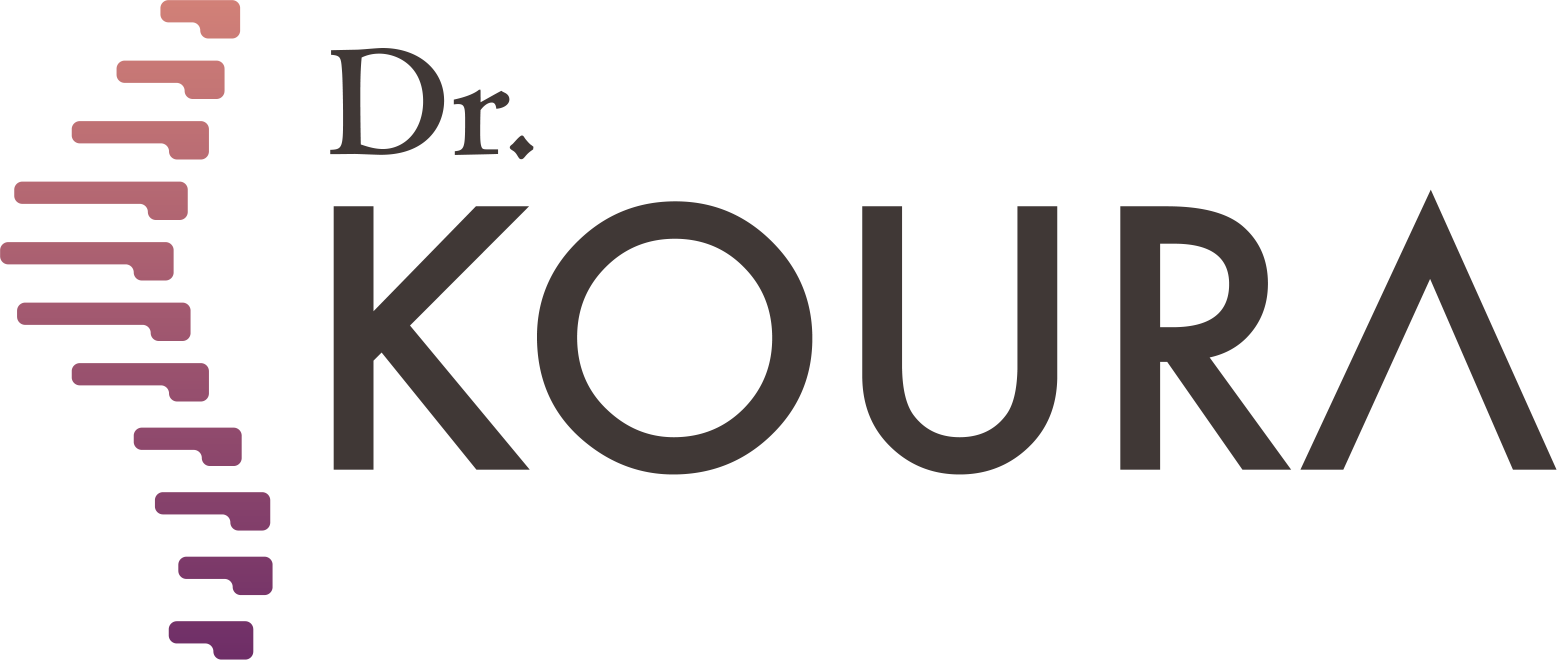





-webp.webp)

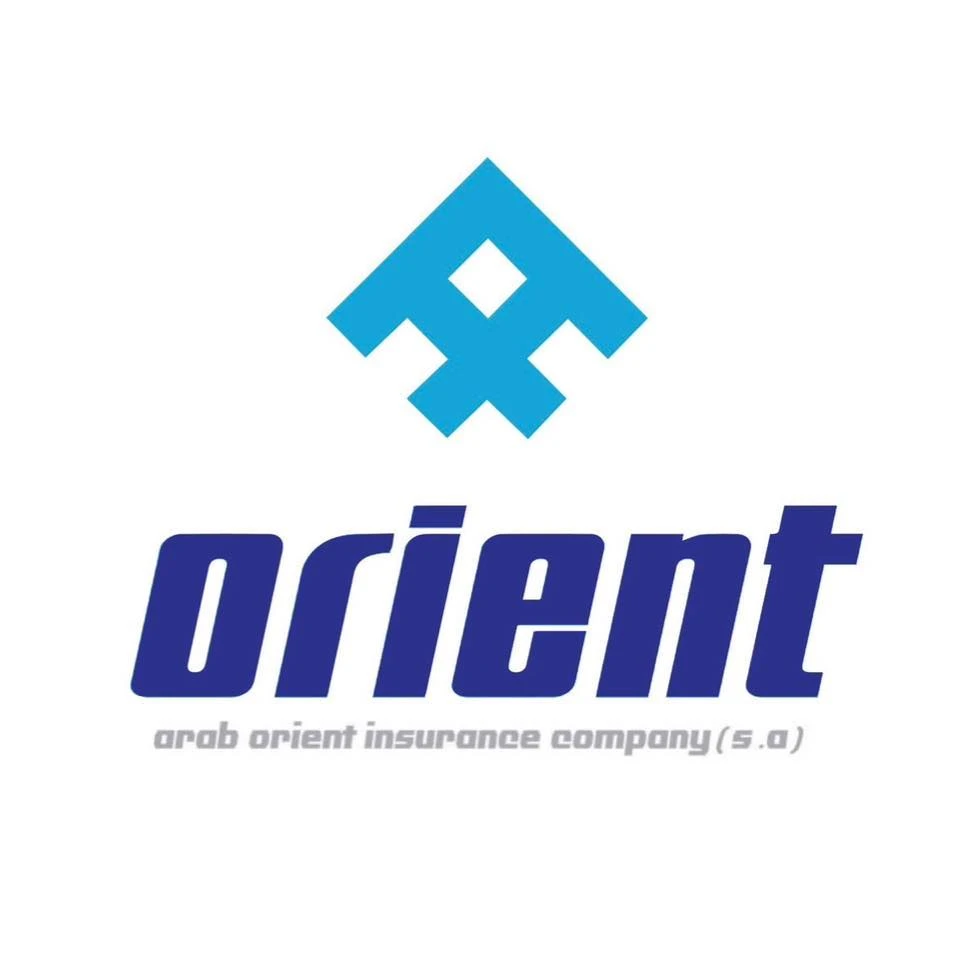


-webp.webp)


